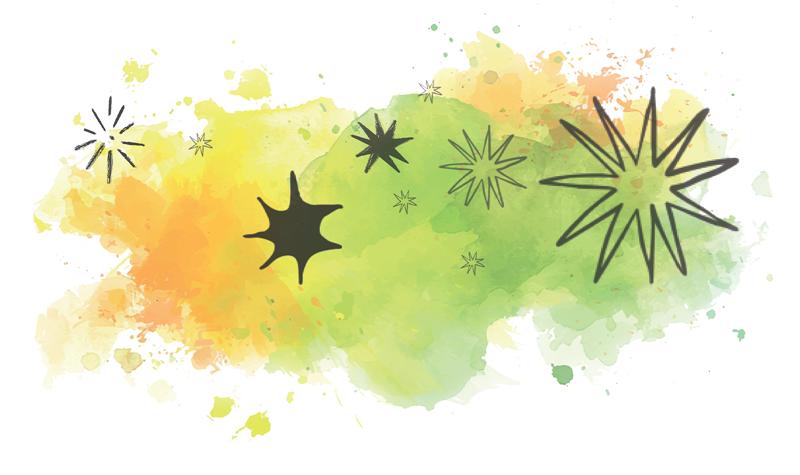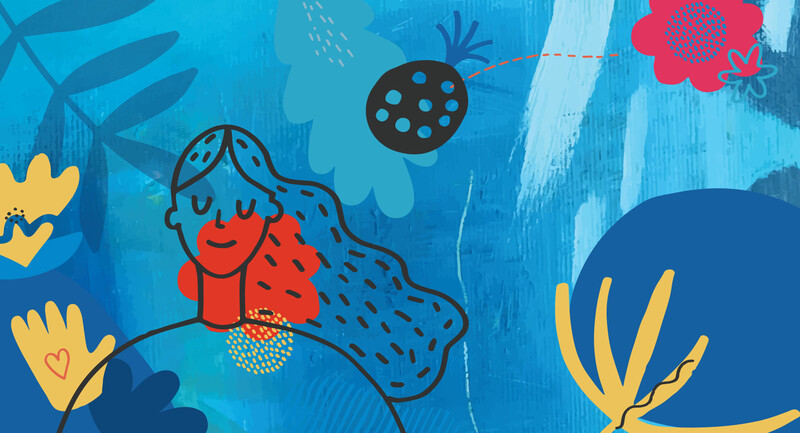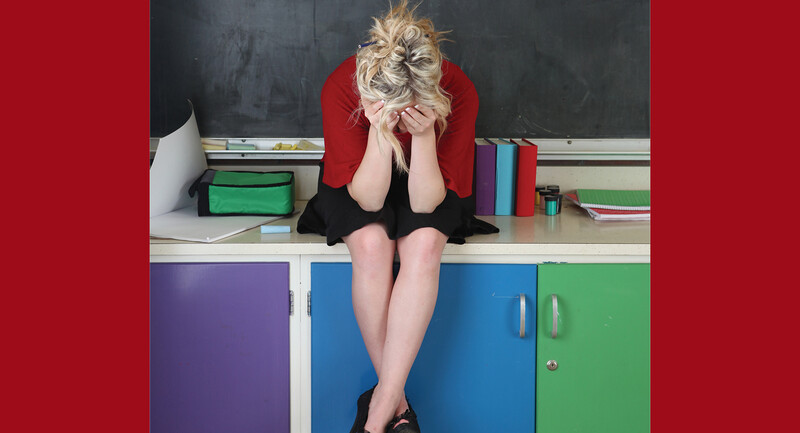Prioritizing Emotions Across Disciplines
Our new routine is that we normalize conversations about emotions. After recognizing our students’ intense social and emotional needs after the pandemic, we used SEL instructional routines to strengthen our classrooms. We prioritized relationships and well-being over content and coverage. As a faculty, we read Permission to Feel by Marc Brackett and utilized the Yale RULER approach. In our physical education, health, and wellness classes, students charted their emotions on a mood meter before and after an activity to assess how exercise shifted their emotions. In our Spanish classes, educators and students named their emotions in the target language. In math, students learned the power of positive self-talk when grappling with complex problems. And in music, students analyzed the emotions that musical selections evoked. Educators learned that well-being is the foundation of learning.
—Nilda Irizarry, educator, Farmington Public Schools,
Farmington, Connecticut
All Actions Have Consequences
I adjusted my classroom management strategy by helping students comprehend the consequences of their actions. We brainstorm positive and negative actions, such as complimenting versus insulting a classmate. Then, we collaborate on the consequences of our actions, such as observing a smile or knowing that we verbally hurt a fellow human being. This deliberate strategy helps develop empathy and builds community engagement among students.
—Todd Feltman, instructional literacy coach, New York City Department of Education
—Todd Feltman, instructional literacy coach, New York City Department of Education
Increasing Student Ownership
One way my school’s teachers have adjusted classroom management strategies is to lead with kindness and compassion. Instead of immediately resorting to punitive measures, teachers connect with parents by phone or email and have individual conversations with students about any misbehaviors. We also have social contracts in each classroom that students take ownership of, emphasizing how they want to be treated by their teachers, peers, administrators, etc. Teachers and students refer to these norms throughout the school day, in each classroom, and as any issues arise.
—Amanda Austin, principal, North Iberville High School, Rosedale, Louisiana
—Amanda Austin, principal, North Iberville High School, Rosedale, Louisiana
Courtesy of Amanda Austin
New Ways to Navigate Absences
Prior to COVID-19, when my students were absent, they got handouts to help make up the work they missed on the days they were gone. Every class had a single tray, handouts were marked for absent students, and students knew they were responsible for checking the tray when they got back. But the increase in absences since COVID-19 made me switch this year to a single folder for every student. The tray was becoming clogged with stacks of papers, sometimes from when a single student was gone a week or more, sometimes from multiple students gone on the same day. It was hard for anyone to know what was theirs and whether they’d gotten everything. I’m hoping this new system makes it easier for everyone to find what they need.
—Tia Miller, ELA teacher, Chapmanville Regional High School, Chapmanville, West Virginia
—Tia Miller, ELA teacher, Chapmanville Regional High School, Chapmanville, West Virginia
How Movement Boosts Teacher Awareness
In the heavy pandemic years, I found myself very stationary (whether at a computer teaching virtually or at a computer teaching in person). My elementary students were also very stationary in those settings, as they were stuck at desks and spaced several feet apart. When we could return to a more normal classroom space, I was still often stationary. It took me a while to get back into the habit of walking around the room. Now, I walk far more than I did pre-pandemic. As I read aloud, I walk around the carpet, and as my students work in groups, I wander through. Now, I am far more aware, involved, and able to quickly address anything needed.
—Jennifer Orr, elementary classroom teacher, Fort Belvoir Upper School, Fort Belvoir, Virginia
—Jennifer Orr, elementary classroom teacher, Fort Belvoir Upper School, Fort Belvoir, Virginia









